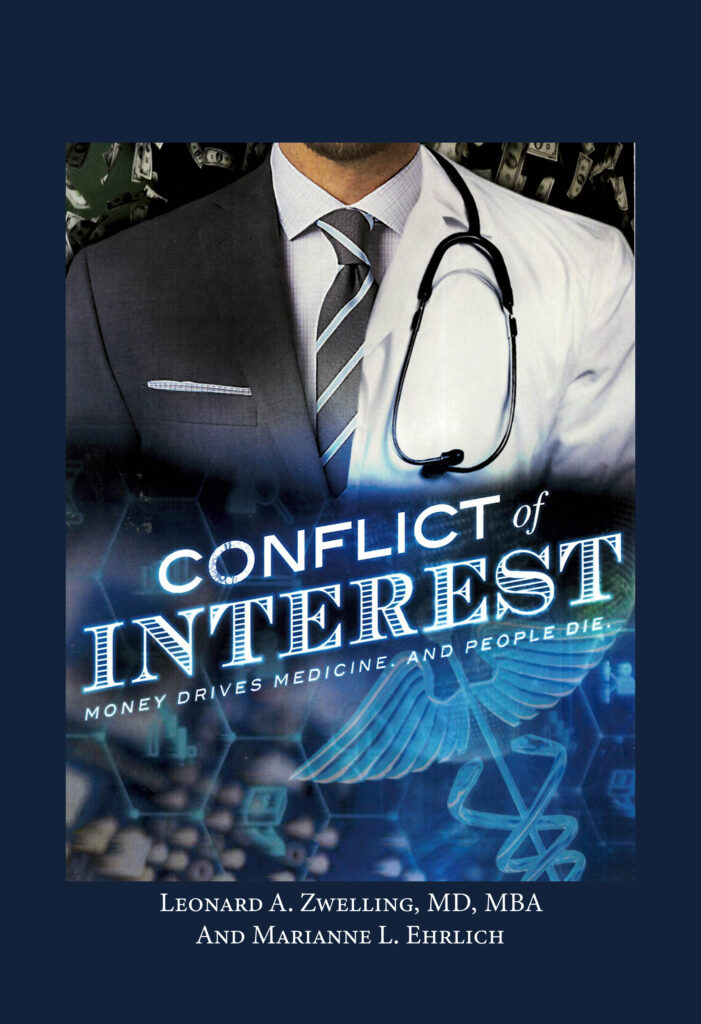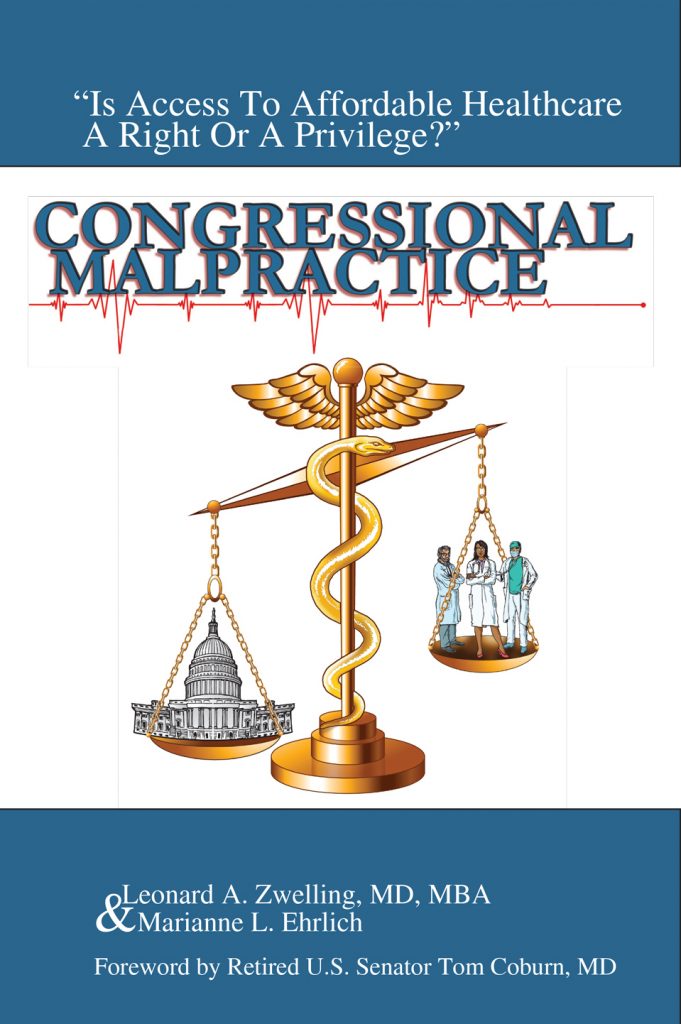Finally, The DePinho Game Plan
By
Leonard Zwelling
For the past five years, I have been trying to figure out what the DePinho strategy for MD Anderson was or is.
I think the LeMaistre plan was basically that of a traditional academic cancer center using the revenues from patient care to sustain a significant presence in research and education while remaining closely aligned with the UT System and the Graduate School of Biomedical Sciences. Toward the end of his presidency, Dr. LeMaistre was able to get the mandatory referral by another physician to gain entrance to MD Anderson lifted such that patients became able to self-refer. When coupled with the failure of the Clinton attempt at health care reform, this greatly expanded the revenues of MD Anderson such that Dr. Mendelsohn walked into a gold mine. Revenues were up and the anticipated curtailing of patient access or insurance reimbursement never occurred. Jackpot. That’s when MD Anderson’s addiction to money began in earnest.
Dr. Mendelsohn had a new plan. He wanted to “raise the bar” and by that, he mostly meant improving the quality of the science at Anderson. The science did improve, but he was never able to attract a member of the National Academy of Sciences to lead the endeavor and Dr. Mendelsohn ran into a few freight trains with Enron, on whose board he sat along with Dr. LeMaistre, and then the whole ImClone scandal surrounding the attempt to get the drug he developed approved by the FDA using flawed data and accusations of conflict of interest surrounding the trials with the drug done at Anderson.
MD Anderson continued to grow and prosper, but the highest aspirations of Dr. Mendelsohn of world-class science and closer ties with industry were never fully realized.
Then came Dr. DePinho who made no small plans at all. He was going to cure cancer in five years (whoops!) and to do so would commercialize much of the infrastructure of a state institution with off the books faculty-level hiring in the area of drug development and commercialization.
Finally, Dr. DePinho has released a comprehensive outline of his plan in of all places, The ASCO Post, a sort of newsletter published by The American Society of Clinical Oncology.
Here’s the bottom line:
Well, at least now we know the plan.
I am not sure how Dr. DePinho will pay for all of this and what the likely return on investment will be. That would normally be assessed by examining the stock price of the company, the net present value of future earnings as judged by the market. But MD Anderson stock is not on the New York Stock Exchange. It’s still a state institution albeit a hybrid one—part academia, part drug company, part hospital and clinics. That last piece of the sphinx is the one that pays the bills, patient care although I suppose under the DePinho plan, soon drug revenues will prevail.
I am going to assume that the Board of Regents has approved all of this and is closely watching the value of its investment in MD Anderson as a drug company, for ultimately that is the DePinho plan.
In a short 20 years, MD Anderson has morphed from a state-sponsored academic cancer center to a churning factory of drug development. This factory is in turn supported by an ever-growing parallel clinical care factory and the two factories are probably less integrated than ever before. True clinical investigators with both a substantial clinical care patient panels and active laboratory and clinical research programs are harder and harder to find at Anderson. Who has the time to do all of that and still keep up with EPIC?
I guess the only thing left to report on is the laugh at the bottom of the DePinho article and I quote:
“Dr. DePinho reported no potential conflicts of interest.”
http://www.ascopost.com/issues/september-25-2016/reducing-drug-costs-by-increasing-science-driven-drug-discovery/





2 thoughts on “Finally, The DePinho Game Plan”
And explain to me why all this is not-for-profit? The profits may not go to shareholders, but I'm sure lots of individuals will be profiting if these endeavors are successful. Last year our Dean and CEO (he's both here at NYU) got a $1M bonus!
The non-for-profit designation needs careful scrutiny in the new Clinton Administration